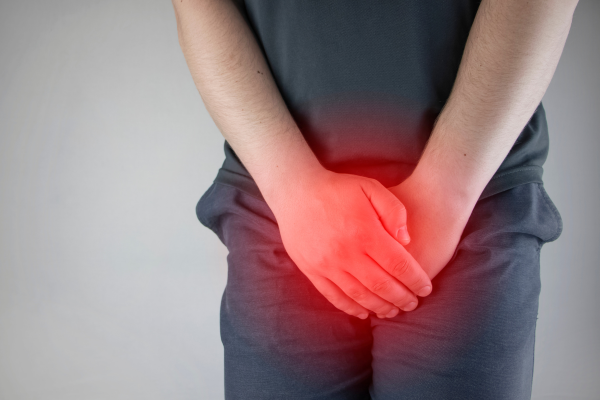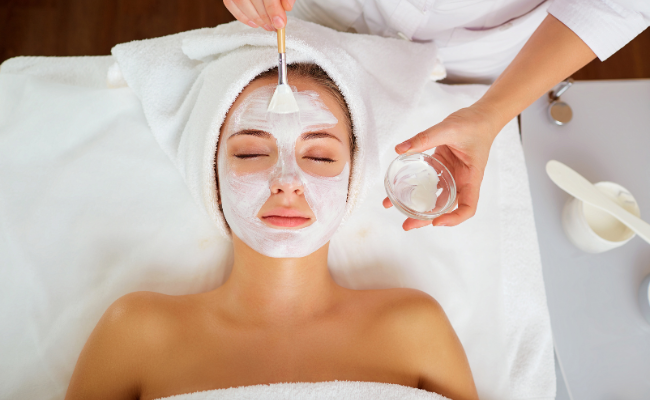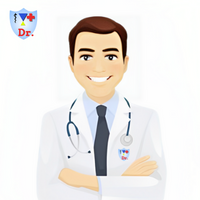How to Treat Stretch Marks?
- October 27, 2023
- No Comments
What Are Stretch Marks?
Stretch marks are a type of scarring that occurs when the skin's elasticity is compromised. They typically appear as red or purple streaks in the beginning, gradually fading into a lighter, silvery hue over time. These marks often develop during periods of rapid growth or weight gain, such as pregnancy, puberty, or significant weight fluctuations.
Why Do Stretch Marks Occur?
Stretch marks occur when the skin is stretched beyond its normal limits. This excessive stretching causes the collagen and elastin fibers in the skin to rupture, resulting in the characteristic streaks. There are several common reasons why stretch marks can develop:
- Pregnancy: Pregnancy is one of the most common causes of stretch marks. The rapid growth of the abdomen during pregnancy can lead to the development of stretch marks.
- Puberty: Adolescents experiencing growth spurts may also develop stretch marks as their bodies rapidly change.
- Weight Gain: Significant weight gain or loss can lead to the development of stretch marks as the skin stretches and contracts.
- Bodybuilding: Bodybuilders and athletes who experience rapid muscle growth may develop stretch marks as well.
- Corticosteroid Use: Prolonged use of corticosteroid medications can reduce the skin's elasticity, making it more prone to stretch marks.
How to Treat Stretch Marks:
While stretch marks are permanent scars, there are various treatment options available to reduce their appearance and improve skin texture. The effectiveness of these treatments can vary depending on factors such as the age of the stretch marks, skin type, and the individual's response. Here are some common treatment solutions:
- Topical Creams: Over-the-counter or prescription creams and ointments containing ingredients like retinoids, hyaluronic acid, or glycolic acid can be applied to the affected areas. These creams can help to improve skin texture and reduce the visibility of stretch marks.
- Microdermabrasion: This non-invasive procedure involves exfoliating the top layer of skin using a machine with a diamond-tipped wand. Microdermabrasion can help to reduce the appearance of stretch marks by promoting collagen production and enhancing skin texture.
- Laser Therapy: Laser treatments, such as fractional laser therapy, use focused laser beams to stimulate collagen production and fade the appearance of stretch marks. Multiple sessions may be required for the best results.
- Microneedling: Microneedling involves the use of a device with fine needles that create tiny punctures in the skin. This stimulates the body's natural healing response and can improve the appearance of stretch marks over time.
- Chemical Peels: Chemical peels use an acidic solution to remove the top layer of skin, promoting the growth of new, healthier skin. This procedure can help to reduce the appearance of stretch marks and improve skin texture.
Benefit Points:
Improved Confidence: Treating stretch marks can lead to increased self-confidence and a more positive body image. Many individuals find that the reduced visibility of their stretch marks enhances their overall well-being.
- Enhanced Skin Texture: The various treatment options available for stretch marks can help improve the texture and smoothness of the skin. This can result in a more youthful and healthy appearance.
- Reduced Itchiness: Stretch marks are often associated with itching and discomfort. Treating stretch marks can alleviate these symptoms and provide relief to individuals with itchy skin.
- Customized Treatment: There are multiple treatment options available, allowing individuals to choose the approach that best suits their needs and preferences.
- Long-Term Results: While complete removal of stretch marks is challenging, many treatments can significantly fade their appearance, providing long-term results and satisfaction.








.jpg)
Comments (0)
No comments yet